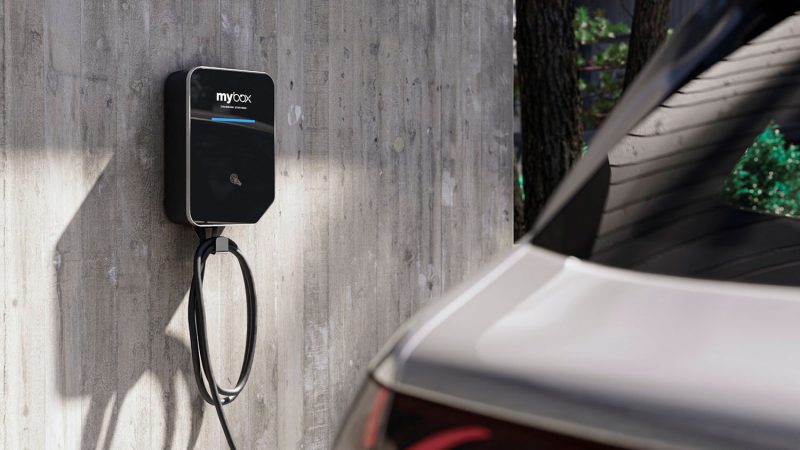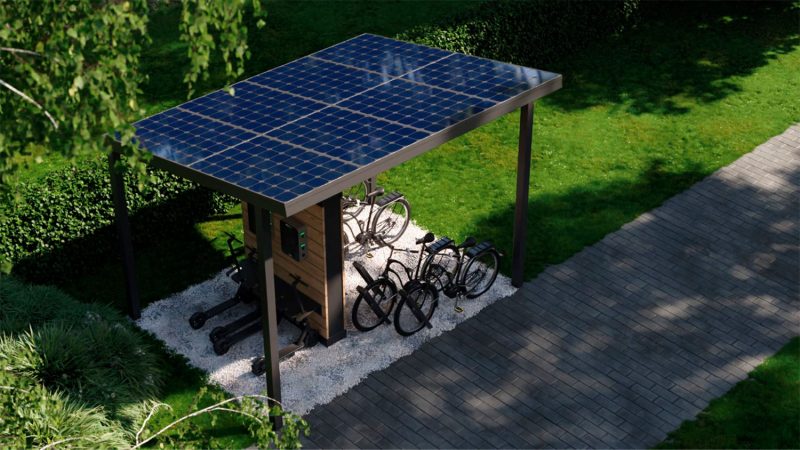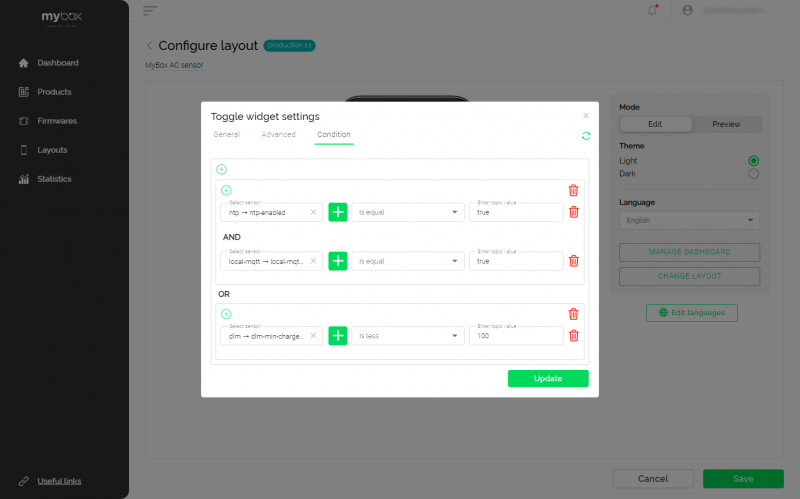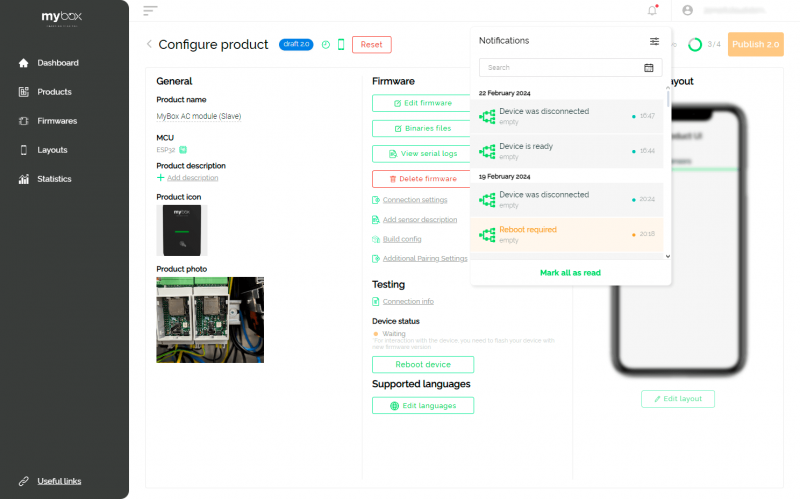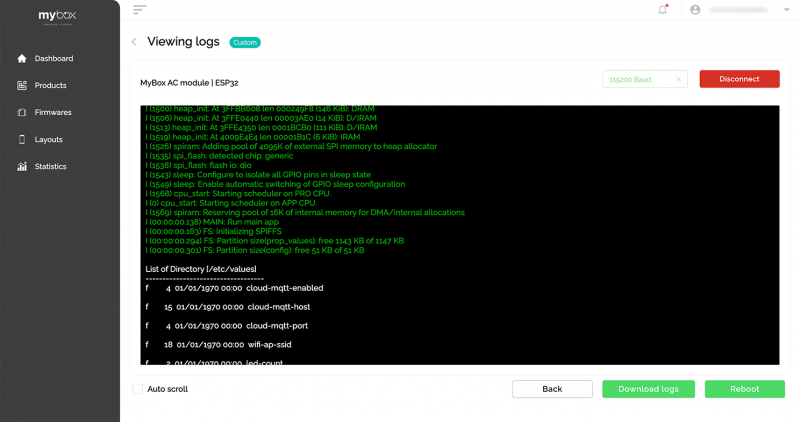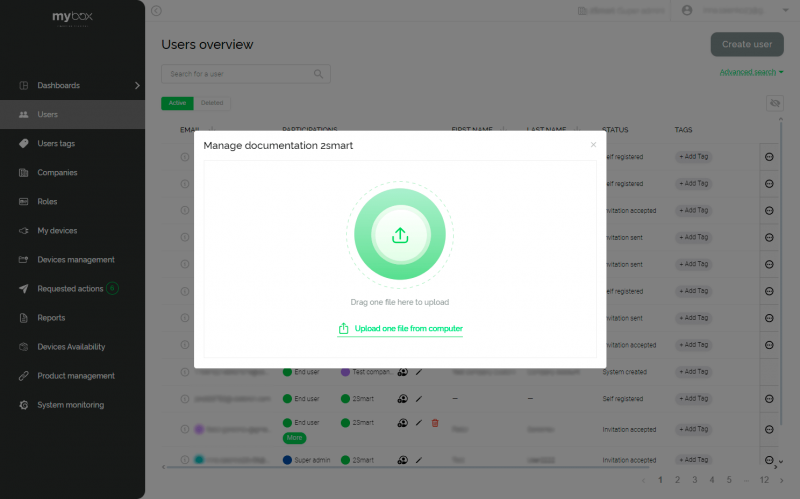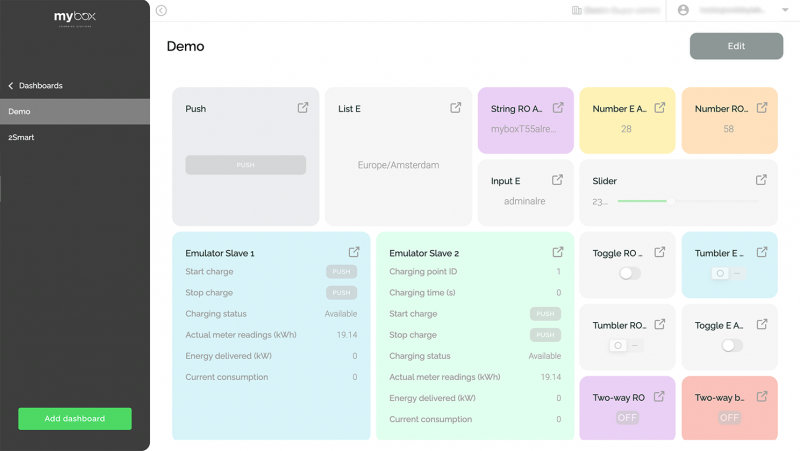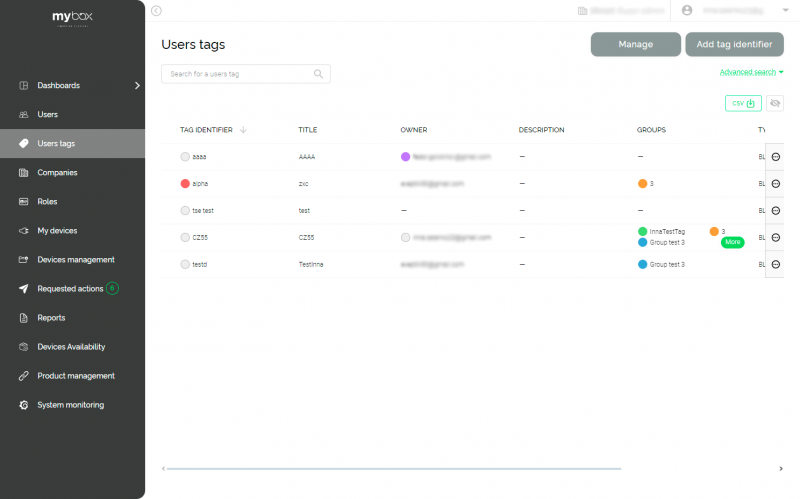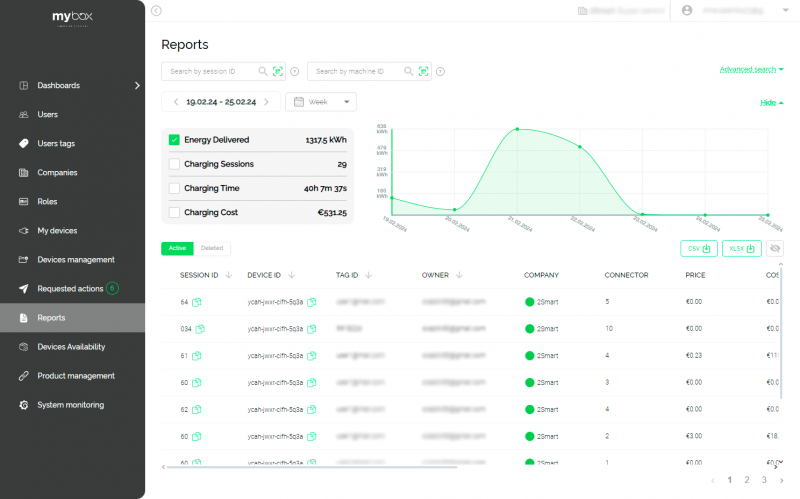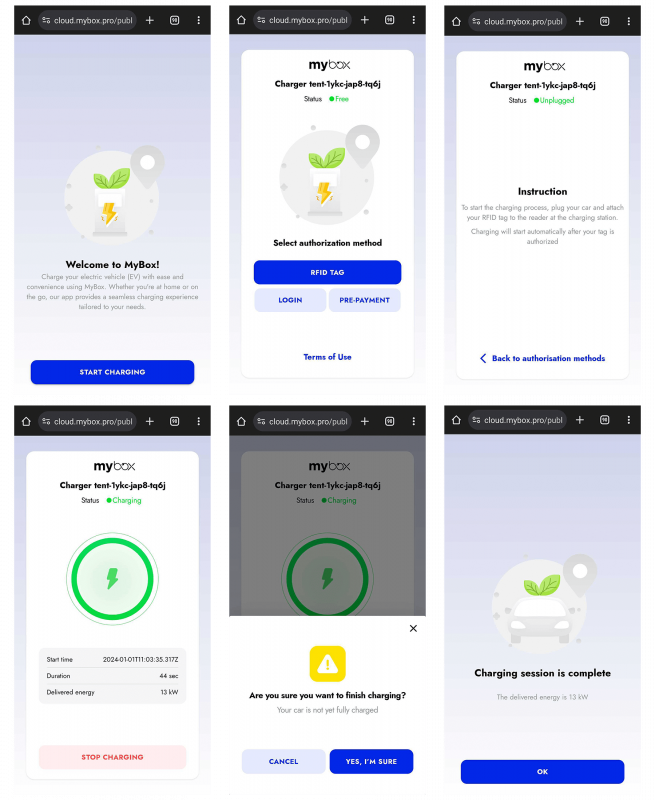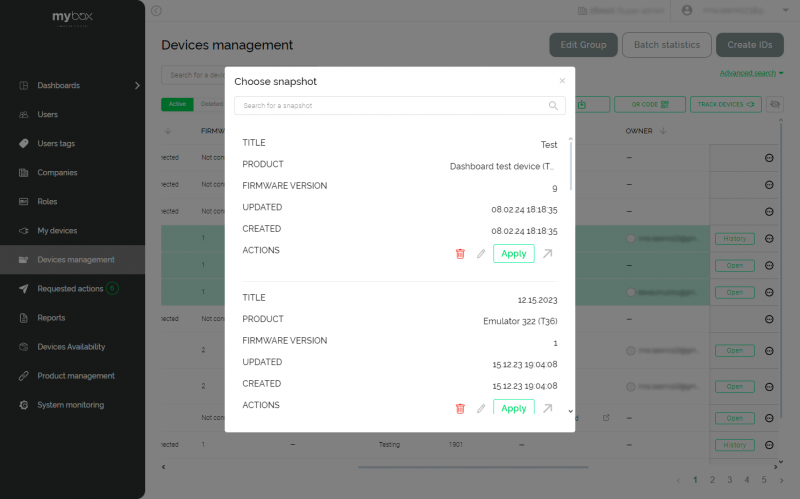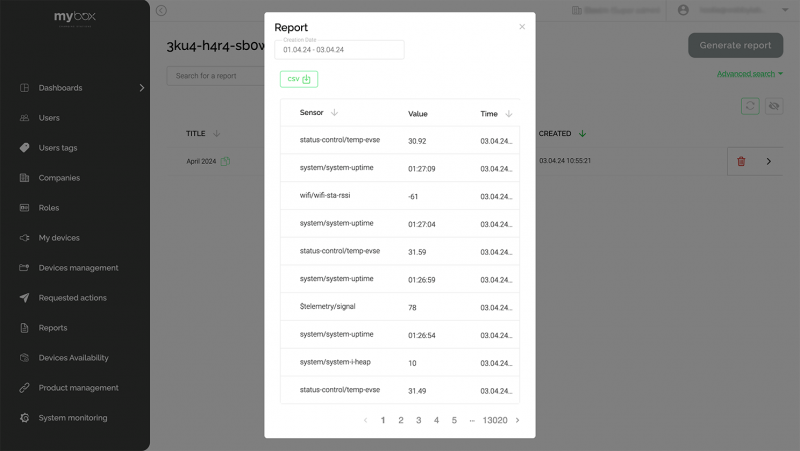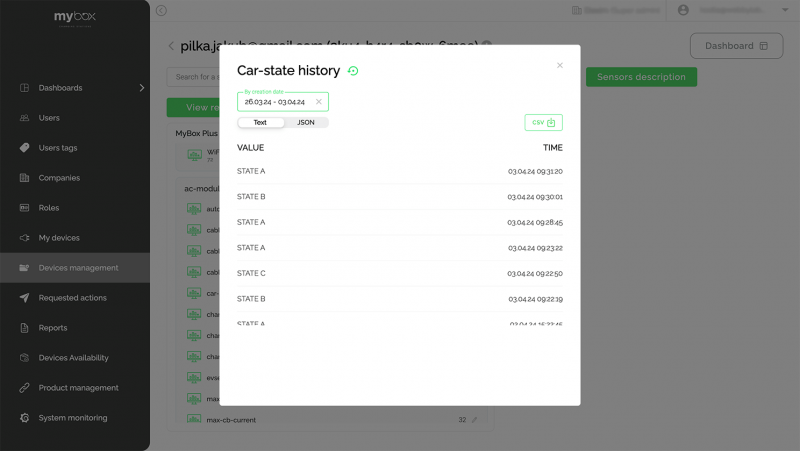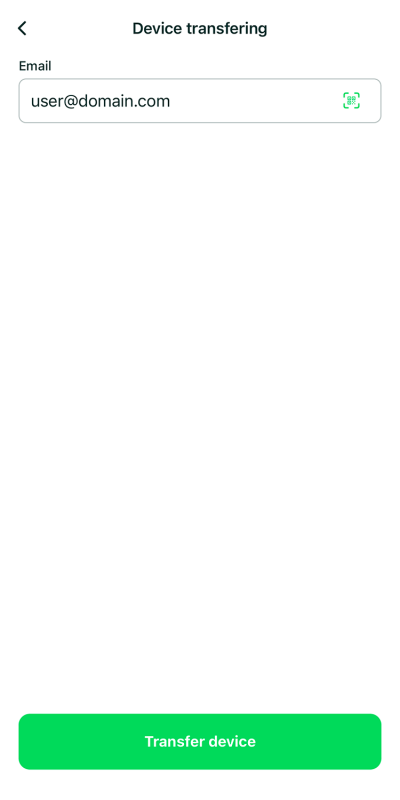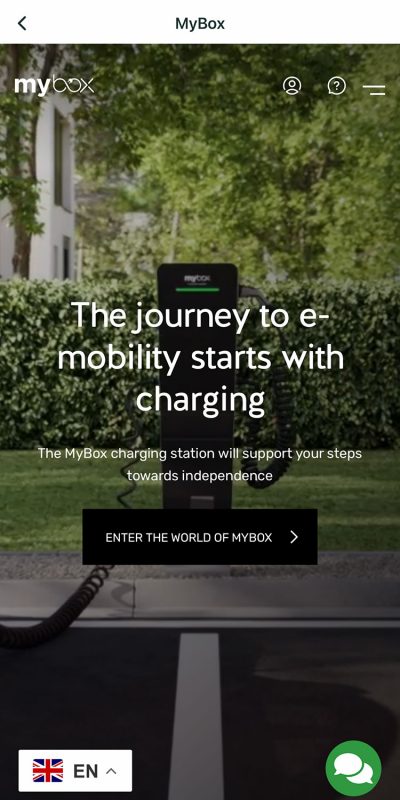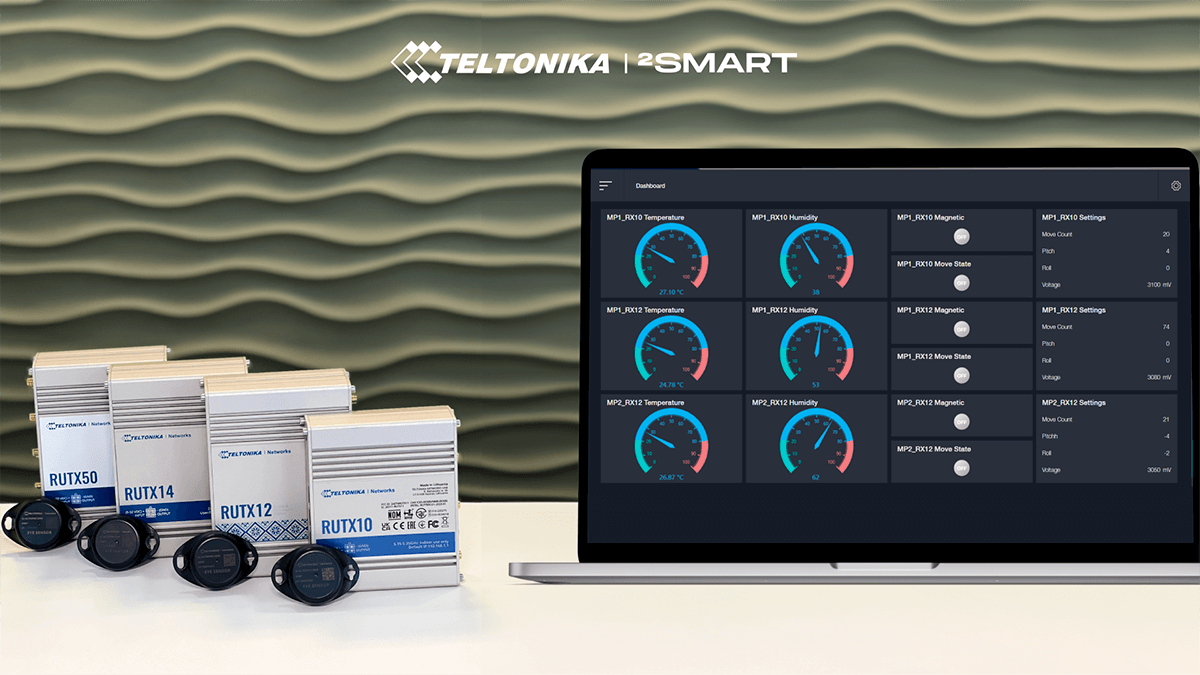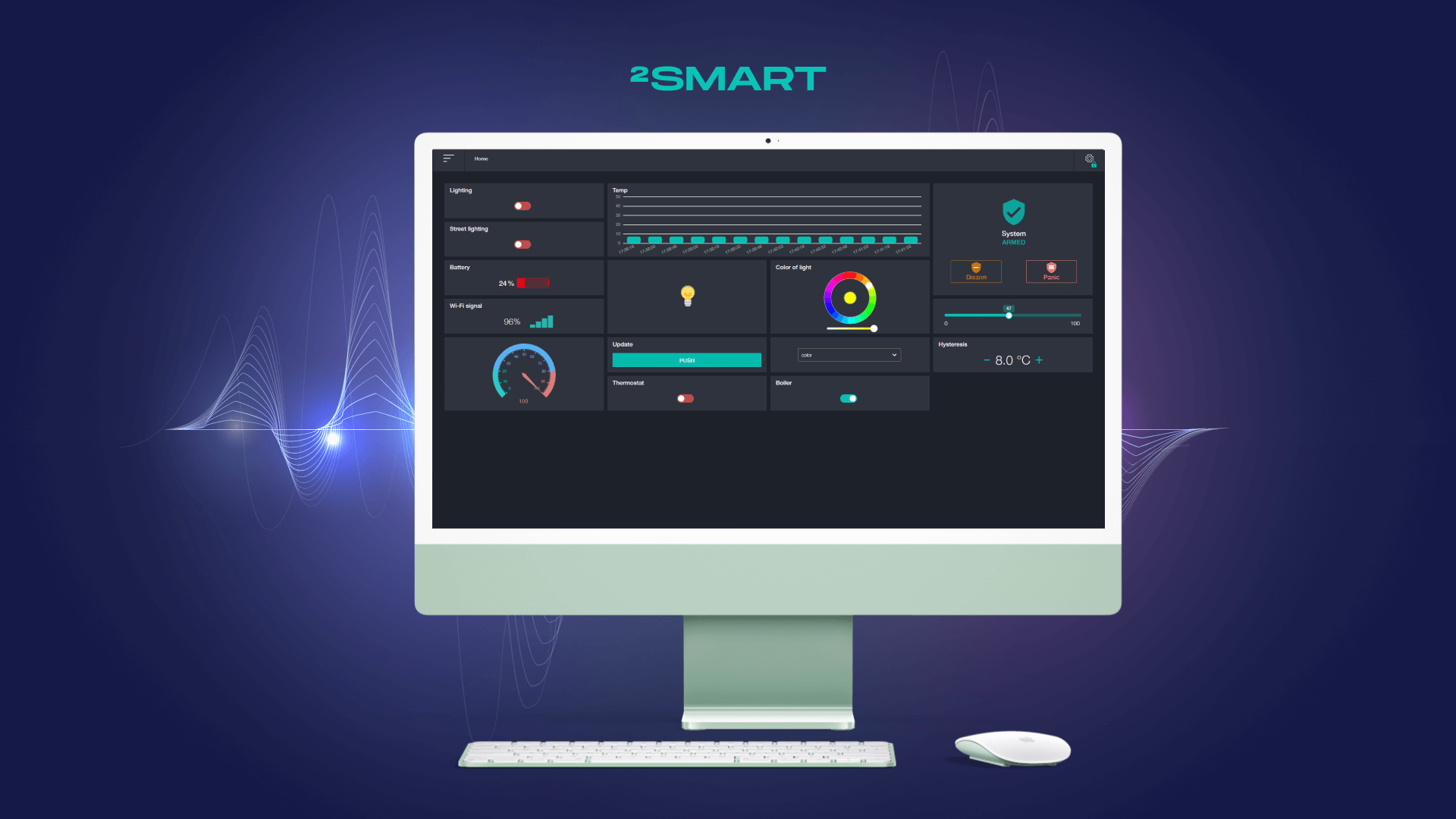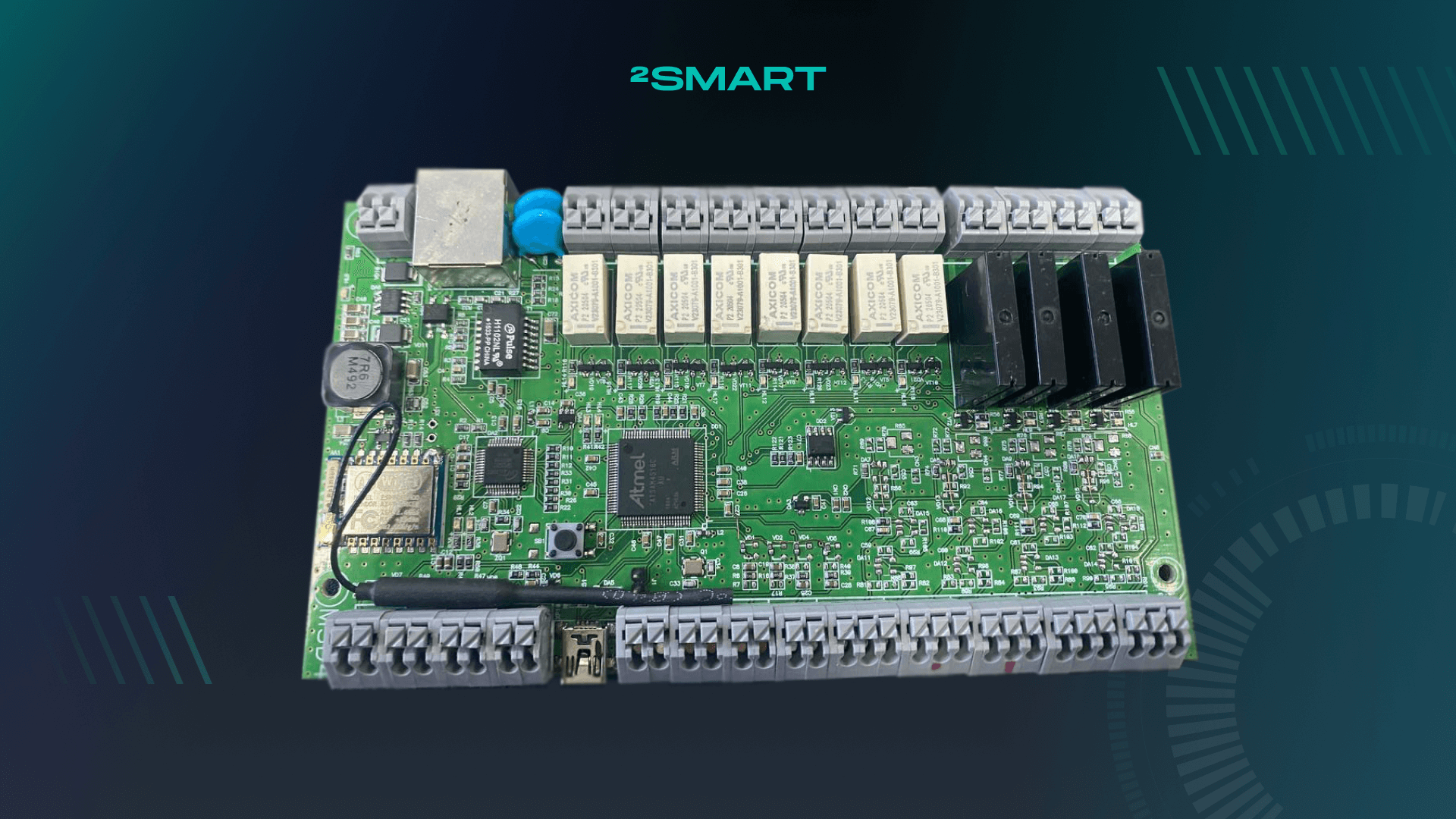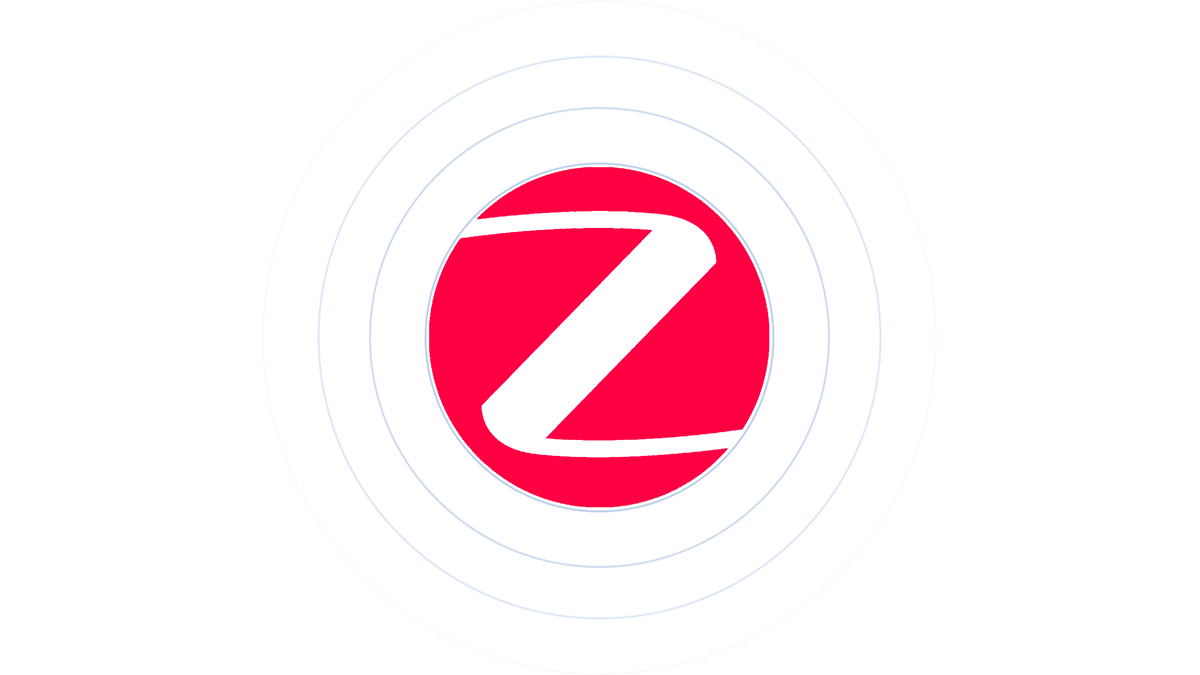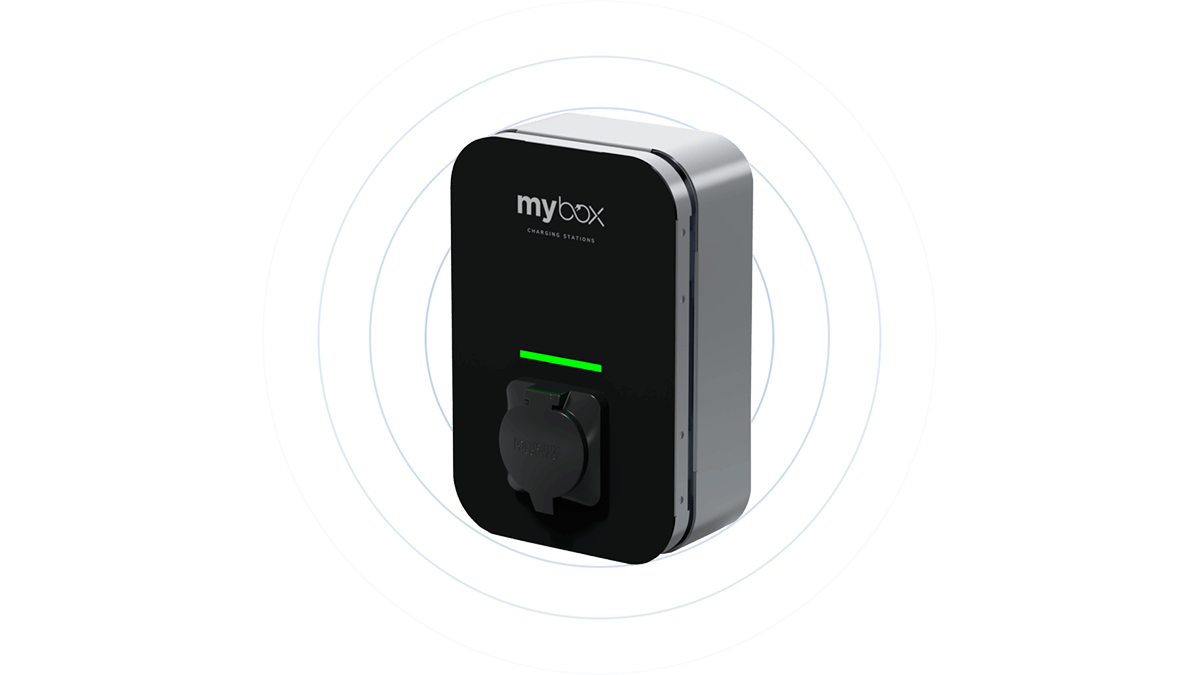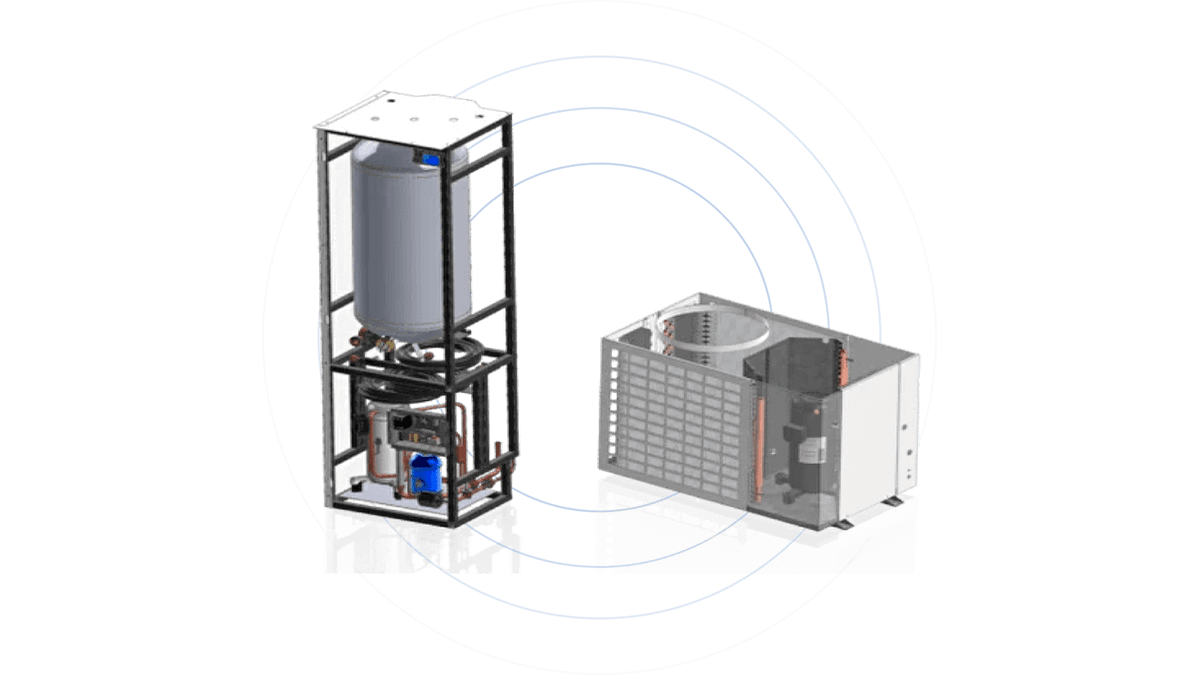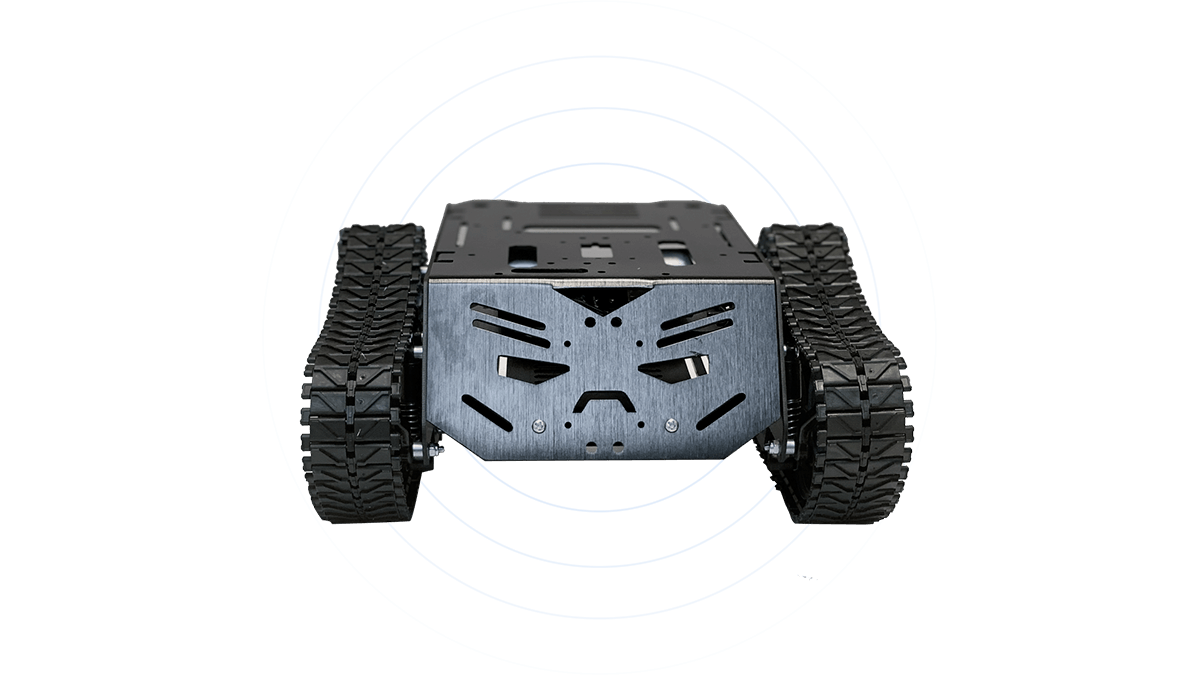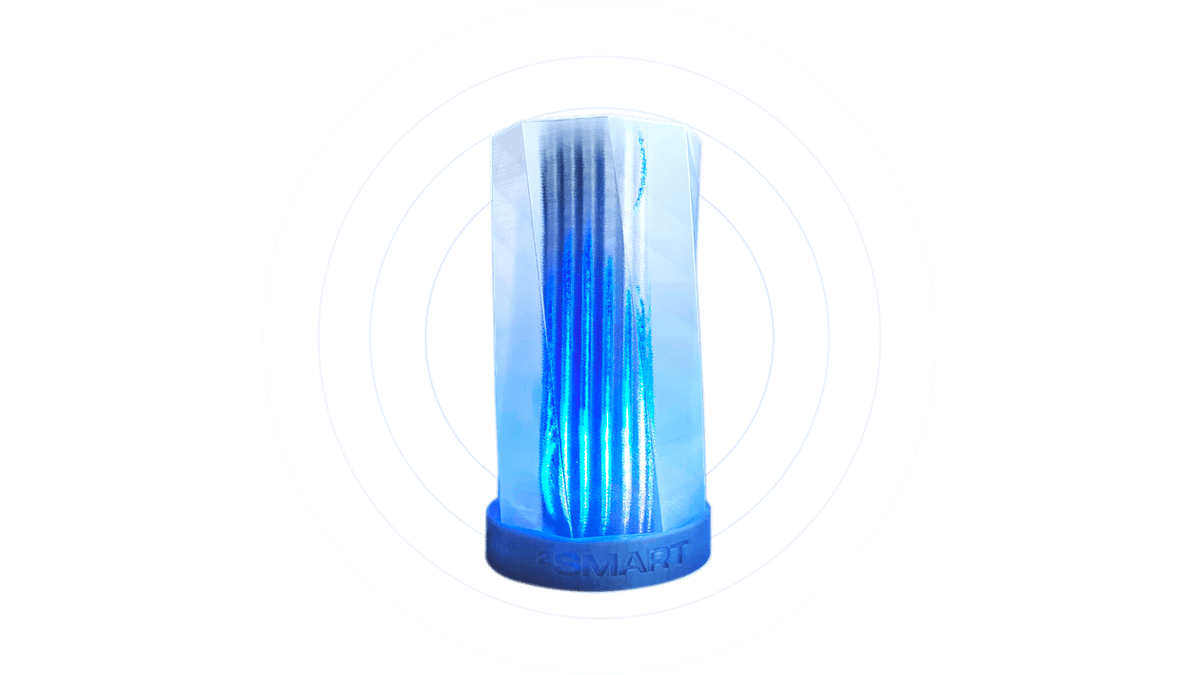Table of contents:
In the summer of 2022, we published a case study detailing how 2Smart delivered a cloud platform for EV charging management for a Czech company manufacturing equipment under the MyBox brand. The case study covered only the initial stage of collaboration between 2Smart and MyBox, focusing primarily on the prototyping of hardware and software. Over the past one and a half years, we have made significant progress together – MyBox has introduced a range of its devices to the market, while 2Smart, responding to the client’s requests, has elevated its product to a new level. MyBox has essentially become a catalyst for the development of both the public 2Smart Cloud platform and, particularly, the business platform for enterprise clients. In this article, we want to highlight the key advancements in our IoT platform resulting from our collaboration with MyBox and the goals we have achieved together with the client by the beginning of 2024.
Expansion of MyBox Product Line and Firmware Functionality Enhancement
Expansion of the Product Line
In the first article about our collaboration with MyBox, we hardly touched upon hardware issues since, at that stage, the focus was primarily on working with the prototype of the charging station. However, we mentioned the compatibility issue with the ESP32 chip operating in slave mode on the I2C bus. At that time, we recommended the developers of the charging stations to use the ESP32-C3 chip model, where the compatibility issue is resolved at the hardware level.
At the beginning of 2024, MyBox’s product line consists of a range of devices released to the market. The 2Smart team participated in the development of six following models:
- MyBox Home is a model based on the smart home trend for personal use.
- MyBox Plus is a model for home and business charging.
- MyBox Plus LAN is a model with an additional module for Ethernet connection instead of or in addition to Wi-Fi.
- MyBox AC module is a charging connector designed for deploying a modular charging station.
- MyBox AC sensor is a device for deploying Dynamic Load Management solutions, which distribute the load among multiple charging stations. It can also act solely as a current meter on the site.
- MyBox e-Bike is a durable station that supplies energy to up to 4 e-bikes at the same time.
All of them are based on ESP32 with the following configurations:
- ESP-32 WROVER
- ESP32-S3
As you can see, the client ultimately opted out of using the ESP32-C3 configuration, which was recommended during the prototyping stage. Despite resolving the compatibility issue of the ESP32 microcontroller with the I2C bus in slave mode, this chip was not suitable for the client due to other drawbacks, notably its insufficient number of pins. Therefore, based on the research results on the reasons for the incompatibility conducted by us, the client’s specialists independently selected other microcontroller configurations that met their needs.
A unified codebase is used to implement the firmware for all devices except the MyBox AC sensor. The firmware for the AC sensor is based on the same core functionality as the other devices, but since the business logic of this device differs from the others, a separate codebase has been developed for it.
Let’s collaborate
We’re empower your business with our technology expertise
New Functionality
Implementation of DLM System
DLM (Dynamic Load Management) in EV charging is an intelligent energy consumption management tool that allows adaptation to the capabilities of the power grid at any given location. DLM is relevant when multiple charging stations are installed at the same location. It ensures that the available power is evenly distributed among all electric vehicles charging simultaneously, and that charging occurs at full capacity whenever there is sufficient power available.
Depending on the number of charging stations needed at a location, we, together with MyBox, have developed two DLM systems. While their algorithms are similar, their hardware and software significantly differ.
Dynamic Load Management for a maximum of 8 charging stations
The implementation of DLM is the key difference in the firmware logic of the MyBox AC sensor. This device essentially functions as a current meter. It monitors the current consumption of each charging station at the location in real time and limits the maximum current for each device.
To practically implement this functionality, we created a separate API for communication through the MQTT broker. The AC sensor acts as the broker and current distributor, while the charging stations connect to it via MQTT and receive “recommendations” on the maximum current they can use at any given time.
The DLM system based on the AC sensor is suitable for small-scale installations, as it can accommodate up to eight charging stations.
Dynamic Load Management for up to 80 charging stations
This type of Dynamic Load Management has been given the working name Big DLM. Its hardware is based on a ready-made device from Unipi. The software for this equipment is built on Node-RED. Essentially, we replicated the same DLM algorithm that was developed for the AC sensor, transferred it to Node-RED, and equipped it with additional features, such as dashboards with graphs for convenient real-time system monitoring.
DLM based on the Unipi device with additional software features can serve up to 80 connected charging stations simultaneously. This is a complex professional solution designed for large-scale installations, and accordingly, its cost is much higher than that of the AC sensor.
Multi-Connector Modular Charging Stations
According to our client’s concept, one of the deployment options for electric vehicle charging stations involves dividing the charging into two types of modules: the Master module and the AC module. The principle of this architecture is that only the Master module has internet connectivity via Wi-Fi or Ethernet. This module is responsible for communication between the AC module and cloud systems (2Smart Cloud, OCPP, local MQTT broker). However, the Master module is unaware of the charging process, while the AC module is solely responsible for delivering energy to the vehicle’s battery.
One Master module can control multiple connected AC modules, with each AC module managing only one charging connector. Communication between the Master module and its connected AC modules is facilitated through the I2C bus and a proprietary protocol that we developed specifically for this purpose.
Adapting the existing firmware for charging stations for use on the new hardware architecture described above likely became the most challenging task that the 2Smart team had to solve within the MyBox project.
The main challenge associated with implementing this task is establishing communication between devices via the I2C bus using custom APIs.
The key sub-challenges we faced in this regard included:
- Developing a custom API for communication between devices via the I2C bus.
- Implementing a device discovery mechanism on the bus.
- Implementing a device pairing mechanism.
- Polling changes in sensor values from connected devices, and so on.
In addition to this, we needed to consider that end-users and administrators could control devices from several different places:
- The white-label instance of the 2Smart Cloud IoT platform,
- The white-label instance of the 2Smart Cloud mobile application,
- Using the OCPP protocol,
- Via local MQTT,
- Through the built-in web admin panel.
Accordingly, all the methods mentioned above for device control needed to be synchronized with the I2C bus.
When it comes to examples of solving standard tasks within the scheme with the Master module and the AC module, one of them was described in an article about OTA updates. Since AC modules are only responsible for charging and do not have direct internet connectivity, they are assisted in this process by the Master module. To initiate the OTA update for the AC module, the Master module switches to HTTP proxy server mode and starts a Wi-Fi access point. The AC module connects to this access point and sends an HTTP request to the Master module, which forwards the request to the cloud IoT platform and begins downloading the new firmware file if available.
Currently, the 2Smart team is working on enabling the AC sensor, described above in the section about integration with the DLM system, to also connect to the Master module via the I2C bus. This will provide the ability to configure charging stations more flexibly, offering them a broader range of functionality.
Integration with Home Assistant
The firmware of all MyBox devices includes an option called “Local MQTT,” which allows them to be connected to a local platform with an MQTT broker—such as the 2Smart Standalone automation and monitoring platform. Thanks to this feature, administrators of charging stations on the premises can view all device settings, receive sensor readings, and control the charging stations using the local platform.
One of the most popular solutions in the home automation software market is the open-source platform Home Assistant. In response to requests from administrators who prefer Home Assistant, we added the option to specify that the local MQTT broker is a Home Assistant instance. If this option is activated, the device publishes topics to the MQTT broker using the HA API.
Integration with Solar Panels
The firmware of MyBox devices implements communication driver logic for Modbus RTU/TCP, MQTT client, and MQTT server protocols. These drivers allow almost any device capable of communicating via these protocols to be connected to the charging stations. MyBox equipment can communicate with other devices via the Modbus/MQTT bus, enabling it to read values from or write its own values to them.
By adding integration with solar panels implemented in this way, we have made it possible to connect such panels to the charging station. The solar panel controller can transmit to the charging station the current available current strength.
Let’s collaborate
We’re empower your business with our technology expertise
Further Development of the 2Smart Cloud Platform and Its White-Label Instance for MyBox
The new features of the 2Smart Cloud IoT platform and the 2Smart business platform, which our team works on daily, can be broadly divided into two categories: general features that become part of the product and specific functionality that is only implemented in the platform instance for a particular client. Below, we will discuss how the 2Smart Cloud platform has changed over the past year and a half thanks to collaboration with MyBox, as well as share the key features that have been introduced exclusively in the platform for electric vehicle charging station management.
Changes in 2Smart Cloud for All Developers
In response to MyBox’s request, we’ve implemented the following features, which have subsequently become available to all developers integrating their IoT devices with 2Smart Cloud:
- Flexible customization of unique layouts (sets of widgets and tabs) for the mobile application, tailored to users with different roles in the system. This empowers technical specialists to access features and telemetry data that may not be available to end-users.
- Copying layouts and dashboards from existing products into new ones, or duplicating them for new versions.
- Configuring the display conditions for widgets and tabs in the mobile application based on sensor readings from the device. This allows developers to hide widgets that are not relevant to the current operating mode of the device.
Changes in the White-Label Instance of the 2Smart Platform for MyBox
The functionality described below was implemented exclusively in the white-label instance of the platform for device developers and the 2Smart business platform deployed for MyBox:
- Expanded list of supported languages for the platform and mobile application. Currently, Polish, French, and German have been added.
- Automatic translation of texts used in the platform and mobile application interfaces into all supported languages.
- Ability to view notifications from test devices during their development directly in the platform interface.
- Ability to view device logs directly from the developer panel for convenient debugging.
- Ability to install custom firmware on the entire batch of devices directly from the admin panel.
- Ability to add explanatory notes and attach documents to multiple entities in the platform interface.
- Dashboards developed for administrators, allowing them to manage the available devices and companies. These dashboards continue to receive new widgets developed by the 2Smart team at MyBox’s request.
- Added tag management functionality and rules for them, which users use to authorize charging stations in the admin panel.
- Mechanisms for collecting and analyzing charging reports from devices used by MyBox for partner and user invoicing have been developed and implemented. This includes both widgets for users and a separate page in the admin panel for viewing and analyzing all reports.
Additionally, it is necessary to describe the changes that the device management page received, providing access to the core features for managing connected devices:
- Numerous additional device parameters with useful details for easy search and identification have been added. For example, Product type, Machine ID, Firmware name, License. Additionally, administrators can use special labels to associate different devices in the interface – for example, different modules of one charging station.
- The beta version of the public interface, designed for use on charging stations in public locations, enabling anyone to charge their electric vehicles using them.
- A mechanism for creating snapshots for grouping devices and group management has been implemented.
- The ability to connect devices to company accounts, not just end users, has been added. This facilitates the shared use of charging stations by company employees.
- The functionality for generating and viewing reports on historical data of specific sensors has been added.
- Many other minor features have been added, which MyBox administrators and its partner companies use daily to maintain connected devices.
What’s New in the MyBox Mobile App
The MyBox mobile app is a white-label instance of the 2Smart Cloud application. However, thanks to numerous unique features we’ve added at the request of our client, its functionality and available options for developers are noticeably different.
- Implemented dashboards, replacing the screen of the mobile application with favorite widgets. The set of widgets for the dashboard is configured by the system administrator, not the end user as in the case of favorites. Each charging station has its own unified dashboard, accessible immediately after device pairing.
- Added functionality for local control of charging stations without the need for cloud pairing or for offline use.
- Added specialized functionality for user authorization at charging stations using Bluetooth connection.
- In addition to standard sharing functionality, the ability for transferring was added. Transferring allows charging station integrators to provide end users with access to device control without additional actions on their part.
- An additional section was added to the application where users can view reference and marketing materials from the official MyBox website.
- Specialized widgets for managing charging stations were developed and added to the public widget library of 2Smart Cloud. This includes widgets like the Grid widget, which differs from the main widgets in its concept – it essentially serves as an aggregator for functional widgets and allows for more flexible customization of the application interface.
- The pairing flow was improved and stylized to make the process of linking charging stations to the application more convenient. The primary method of pairing with MyBox is using a QR code.
Further Development Plans for the Project
In 2024, our plans involve continuing the systematic development of the platform and mobile application for the client. Most tasks revolve around fine-tuning the admin panel and adding new functionality to it.
- Enhancing dashboards in the admin panel for device service technicians of MyBox and their partners. Introducing new features and expanding the list of widgets to build flexible dashboards for monitoring the status of devices and tracking their usage statistics in the system.
- Improving the UX of the admin panel for device management.
- Expanding the range of tools for collecting and viewing statistics for end users and admins regarding the charging processes for single and multiple devices.
- Improving the functionality of the mobile application for end-users.
- Enhancing functionality for support specialists and administrators for troubleshooting and assisting users in device utilization.
- Advancing the firmware of all devices, adding new features, and stabilizing device performance.
- Development of new methods for connecting devices to the cloud.
Don't forget to share this post!
Read Next
Let’s dive into your case
Share with us your business idea and expectations about the software or additional services.


